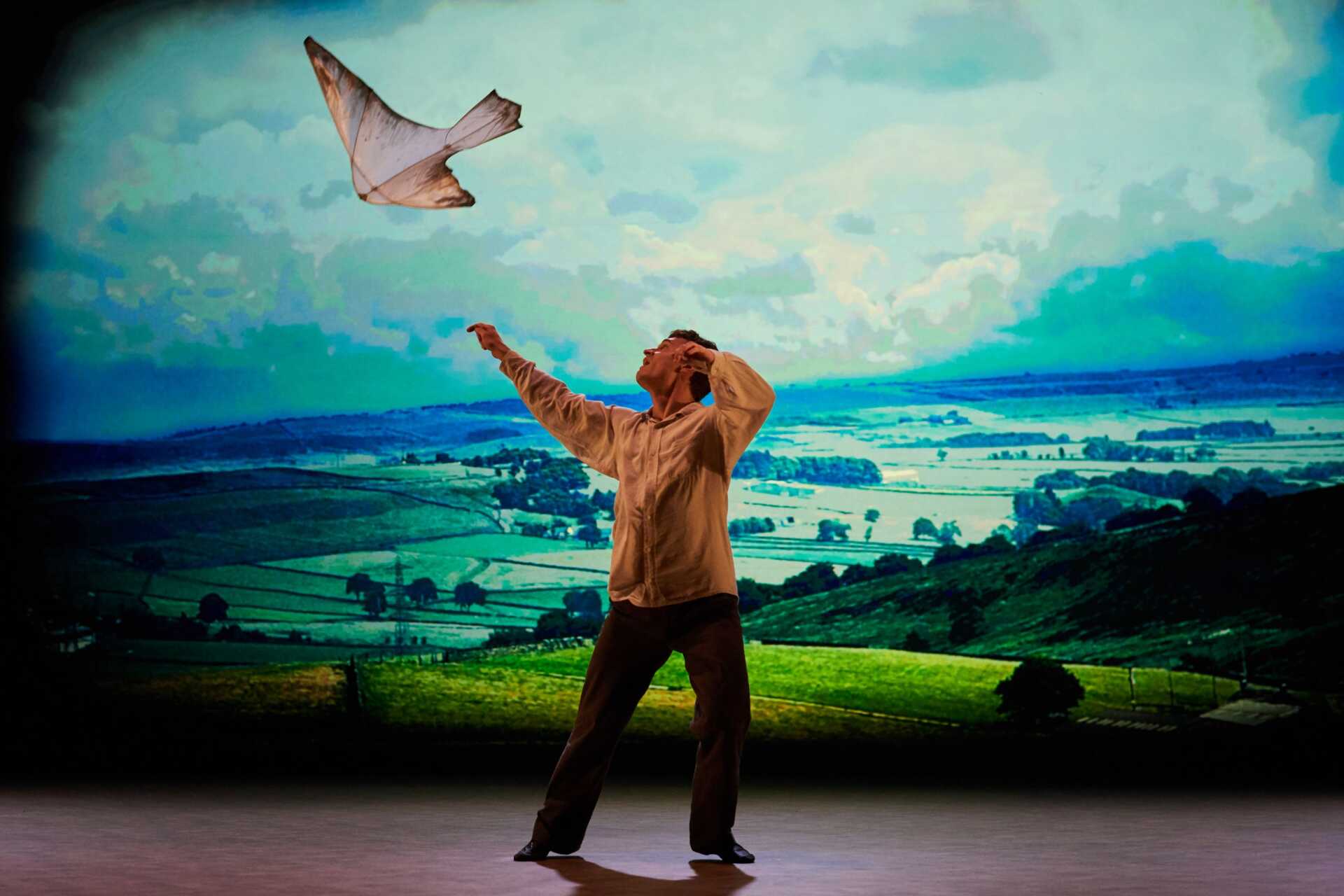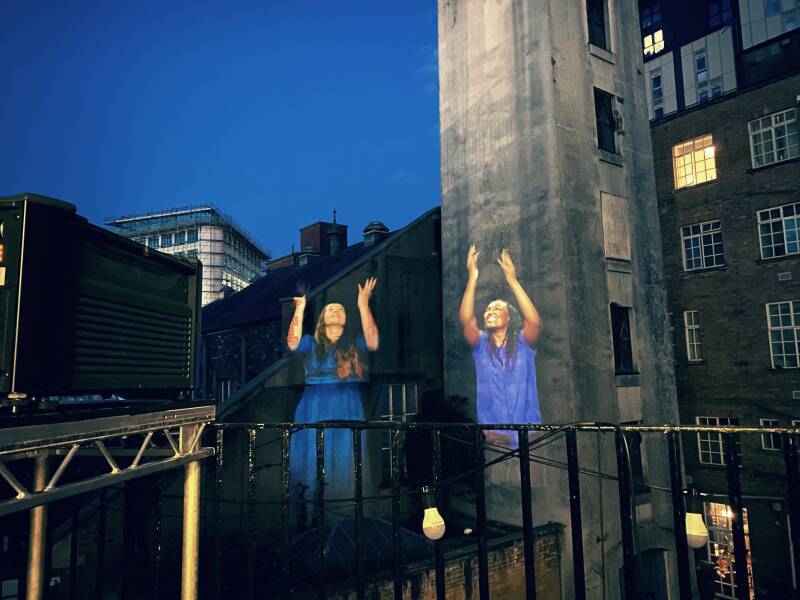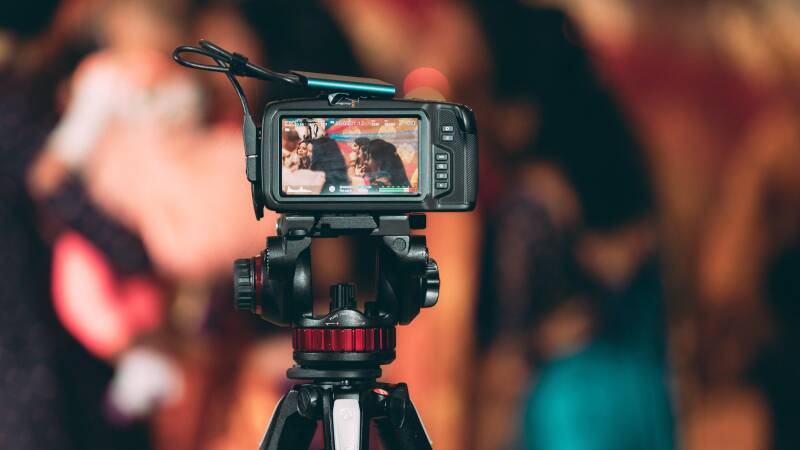

Since the global spread of COVID-19, video streaming has emerged as perhaps the most popular and effective tool for maintaining access to arts and culture.
Live streamed concerts, online film festivals, virtual gallery tours, Zoom-based performances and workshops, and countless other innovations in digital programming have helped physically-sited arts and culture institutions stay ‘open’, and provided locked-down audiences with desperately needed opportunities for cultural engagement and shared experience.
The recent outpouring of creative alternatives to physically-sited events has also lifted former geographic and economic constraints on who can access arts and culture.
The lessons being learnt through current crisis-driven innovations in digital delivery could – if gathered, consolidated, and channelled into sector-wide discussion and action – help provide arts and culture organisations with the resilience and agility needed to adapt their business models to a post-COVID landscape. They also present a unique opportunity for them to engage with new and more diverse audiences.

This project – developed in collaboration with Arts Council England (ACE) and digital support agency The Space – focuses on providing arts and culture organisations of all sizes and from across the UK with specific, practical knowledge about how to manage their digital programming.
Beyond this immediate goal, the project’s longer-term aim is to establish a rigorous, statistically-based foundation of knowledge about how digital programming can be used to widen access to arts and culture, and increase the diversity of its audiences.
Key research questions include:
- What forms of, and approaches to, digital programming have proven most effective during physical shutdown, and may best complement physically-sited post-lockdown programming?
- Which digital distribution models developed in response to COVID-19 are most replicable across organisations and sectors?
- How can successful digital initiatives from the last year be incorporated into organisations’ core work, without sacrificing their pre-existing activities?
- What opportunities does digital programming provide for increasing equality of access to arts and culture – both during and beyond the current crisis?





